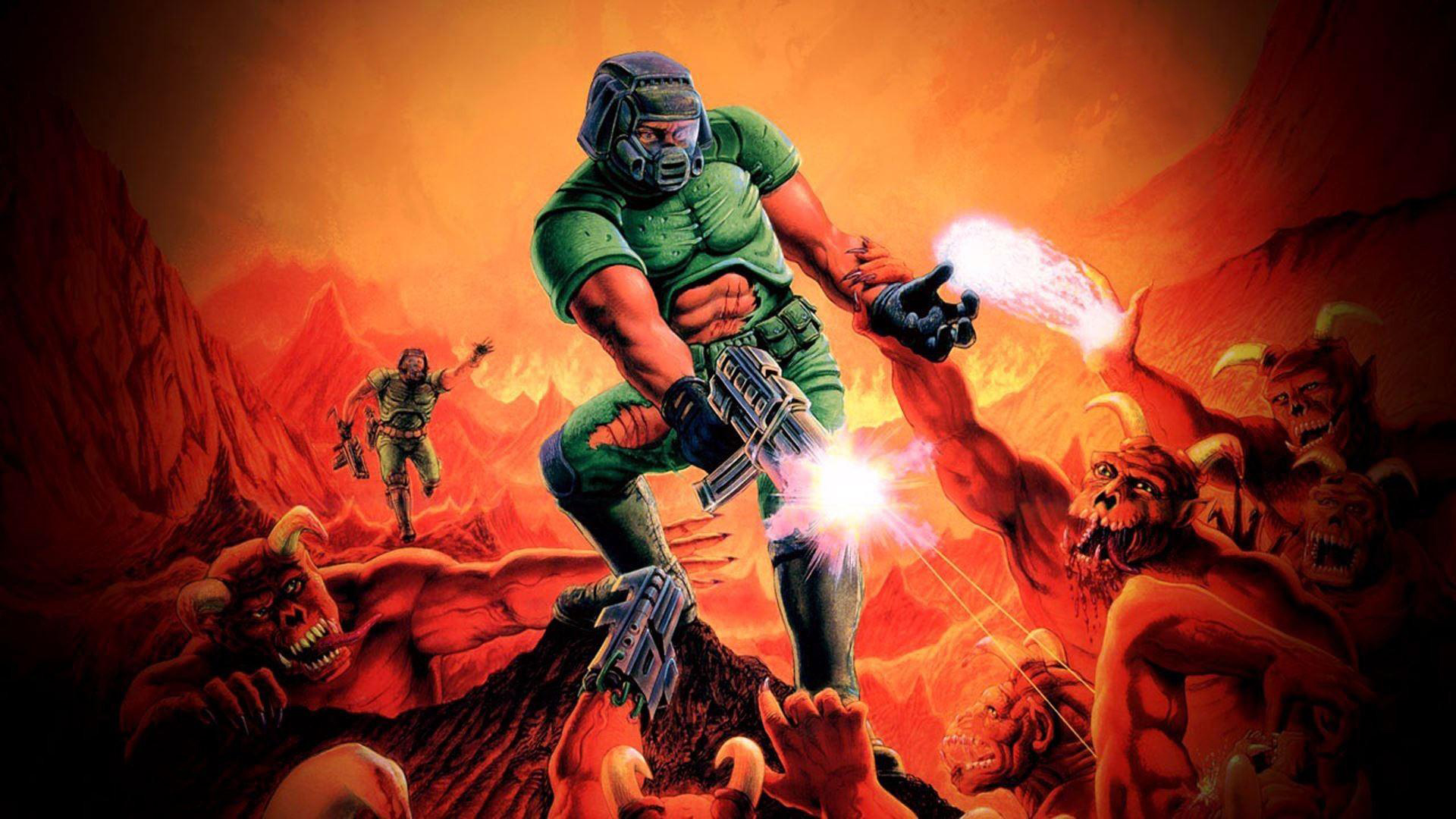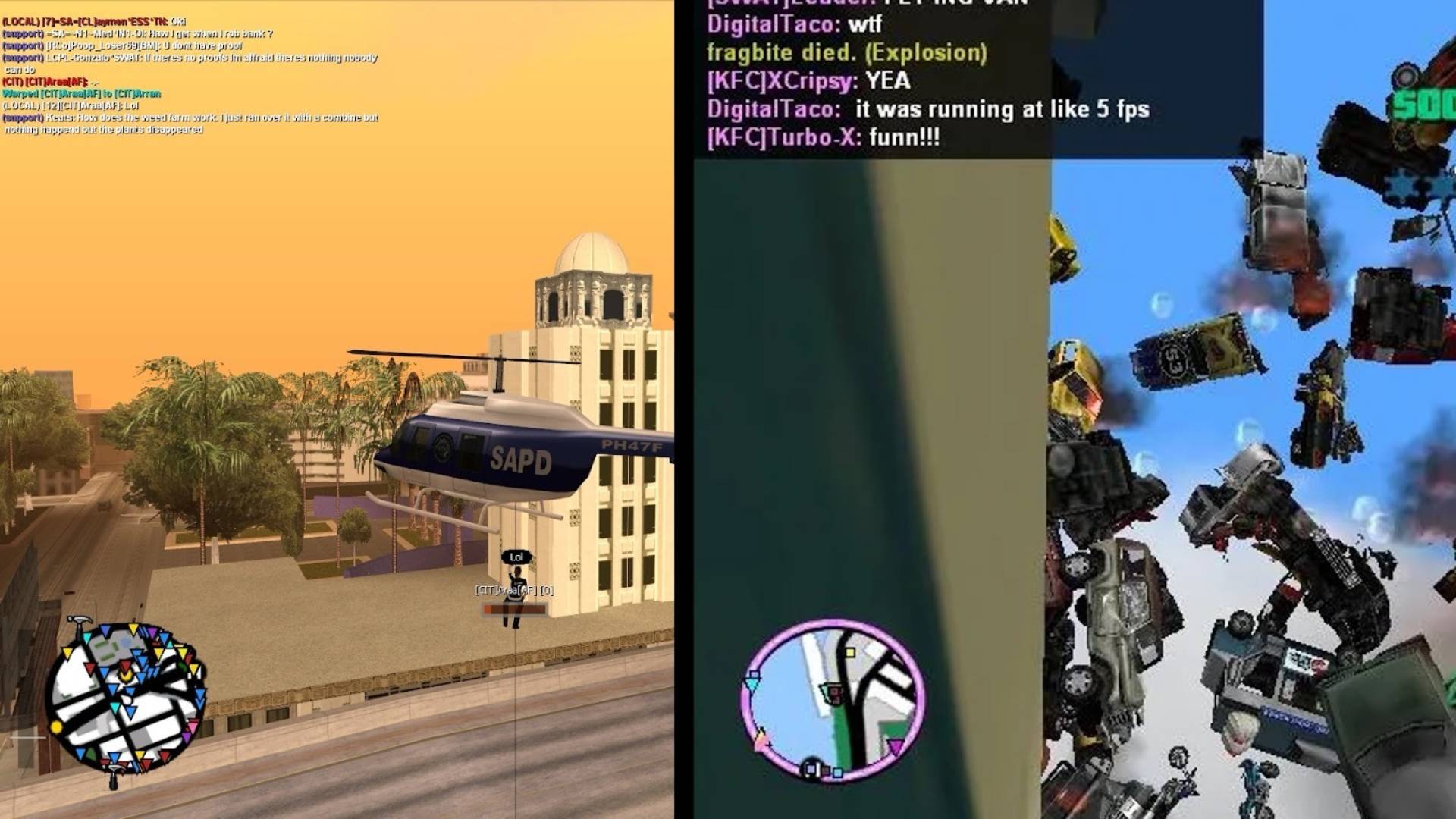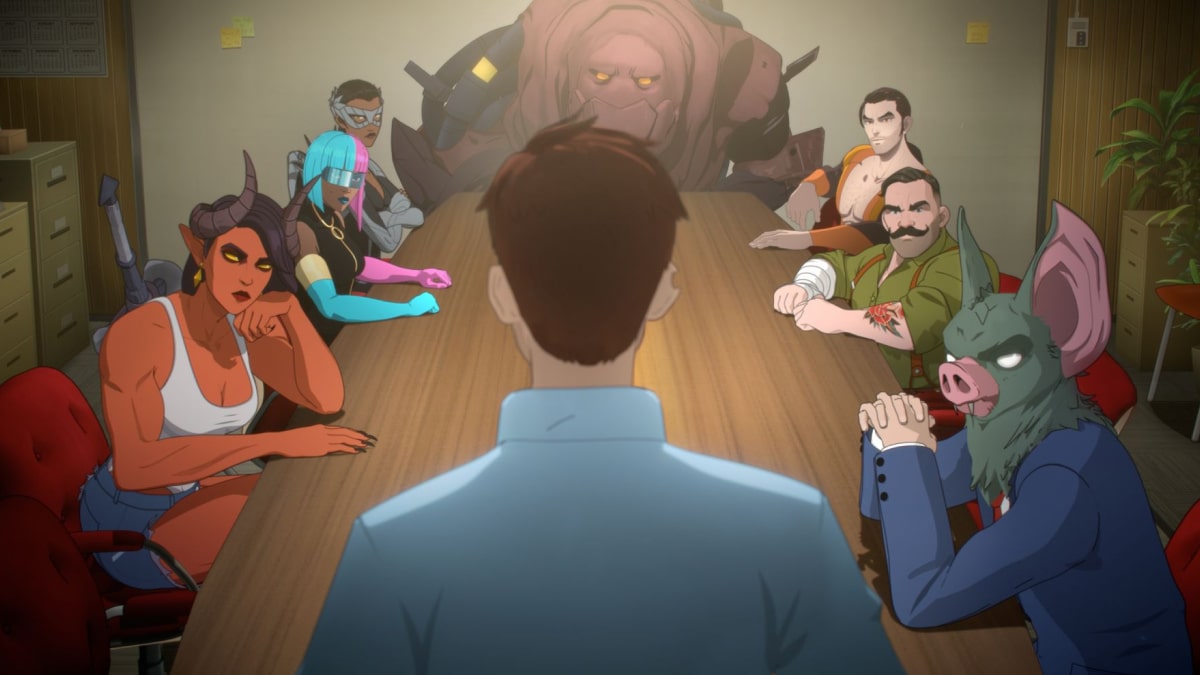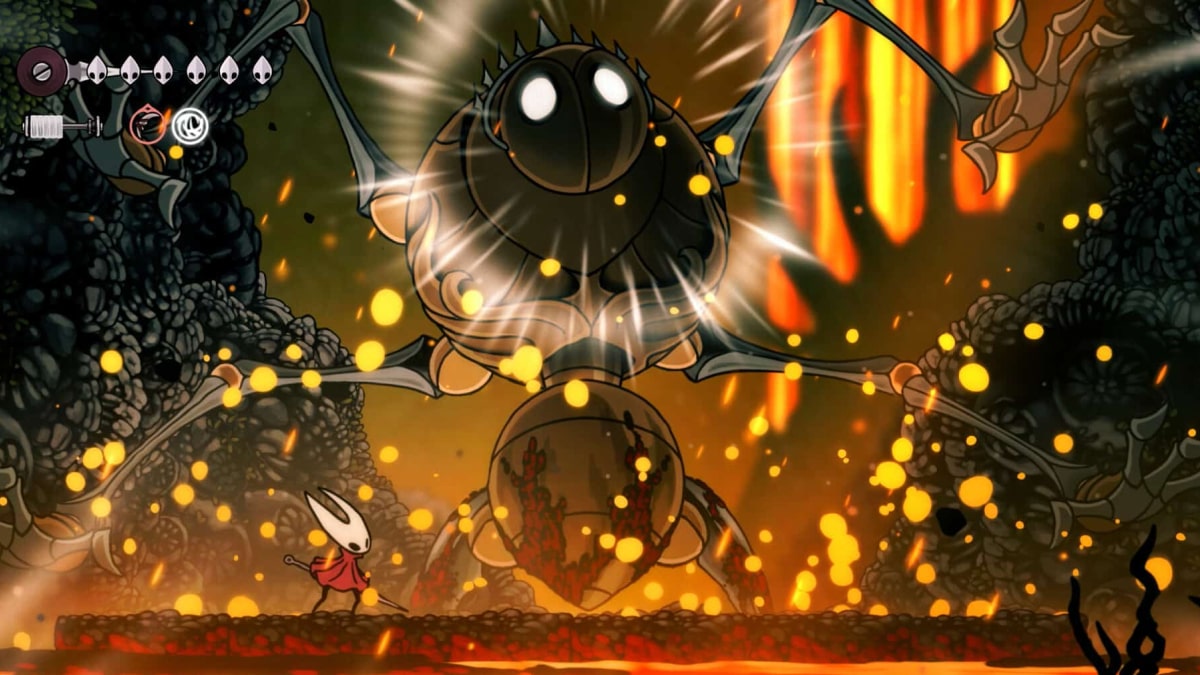You can trust VideoGamer. Our team of gaming experts spend hours testing and reviewing the latest games, to ensure you're reading the most comprehensive guide possible. Rest assured, all imagery and advice is unique and original. Check out how we test and review games here
You probably don’t need reminding – unless you are reading this, somehow, in VideoGamer Magazine while sitting next to Pauly Shore in a Bio-Dome or something – but things are a bit different from how they were in 1993. The internet was growing, having not been invented by Al Gore, but was nowhere near as all-encompassing as it is now. Kurt Cobain was alive. There’s a chance you weren’t. Sega still created games consoles, Demolition Man was the s***, the World Trade Center was still standing (despite suffering its first terrorist attack), and Mark Wahlberg was mostly famous for being in a band called The Funky Bunch.
Video games – barring a few notable exceptions – were still mainly 2D, if not for long. The industry was on the brink of entering the 3D revolution: it just needed one game to show everyone what the future was. That game, of course, was Doom, created not by a corporate monolith but by a tiny independent team at Texas-based id Software.
It might be rather reductivist to say that there were games before Doom, and then there were games after – technological advancement, so crucial to the industry, is a constant process, and it’s not like id simply made Doom overnight – but its release had an era-defining effect on attitudes towards both technology and design. Soon, “Doom clones” were everywhere, as other developers refined their own engines (a notable example being 3D Realms’ Build, which powered Duke Nukem 3D and Shadow Warrior) and aimed to grab a share of a rapidly increasing market. Id’s game wasn’t the first 3D shooter – its own Wolfenstein 3D preceded it – but it was the most important, sparking a zeitgeist that never really ended.
Doom was both the product of a time and a technological reckoning, and its success is going to be difficult if not impossible to recreate. Whereas id is now part of Zenimax Media, the original and its immediate sequel were created by a bunch of guys in their early-mid 20s – in the right place at the right time – who were focused on making their version of D&D for a new generation. What they ended up with was Metallica: The Game meets Aliens. The influences on it were just as obvious as its own were on the games that followed in its wake.
The two Johns weren’t the only guys on the project, but they guided it, and their personalities and styles – when they weren’t clashing – combined near-perfectly to create a work of genius, one that is as playable now as it was then, owing much to how incredibly well playtested it feels (much like Resi 4).
It’s not too much of a stretch to say that there was a startup mentality to id: they worked how they wanted, on what they wanted. Neither of the principals are there anymore: Romero left in 1996, Carmack in 2013. Carmack himself couldn’t replicate Doom’s success (not that he really tried) with 2004’s Doom 3, a more survival horror orientated experience as opposed to the run and gun intensity of the first two.
So why would anyone think that id, shorn of the two individuals most typically associated with the success of the game, could recapture the magic of Doom? That it’s still fun to play now is testament to the underlying genius of its design, and the purity of its systems. (Throw in the Brutal Doom mod as well, if you haven’t played it in a while.) But, essentially, Doom was Thrash Metal: The Videogame: technical brilliance mixed with a speed and aggression that few could match. How many publishers want to make that again? How many could?
I hope I’m wrong, of course. Wolfenstein: The New Order showed that Bethesda could reinvent another classic id title. I’d love to play a ‘classic’ Doom with modern technological trappings. If it happens, I’ll be ecstatic. But if one of the men who created the original couldn’t do it just 11 years after, I don’t hold out much hope that this new-look id can do it either.
Doom
- Platform(s): 3DO, Android, Game Boy Advance, Gameboy Advance, Jaguar, Linux, Nintendo Switch, PC, PlayStation, PlayStation 3, PlayStation 4, SEGA 32X, SEGA Saturn, SNES, Xbox 360, Xbox One
- Genre(s): Action, Shooter
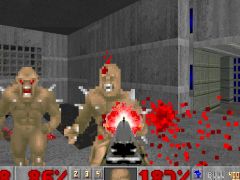
/https://oimg.videogamer.com/images/99c0/doom_7.jpg)
